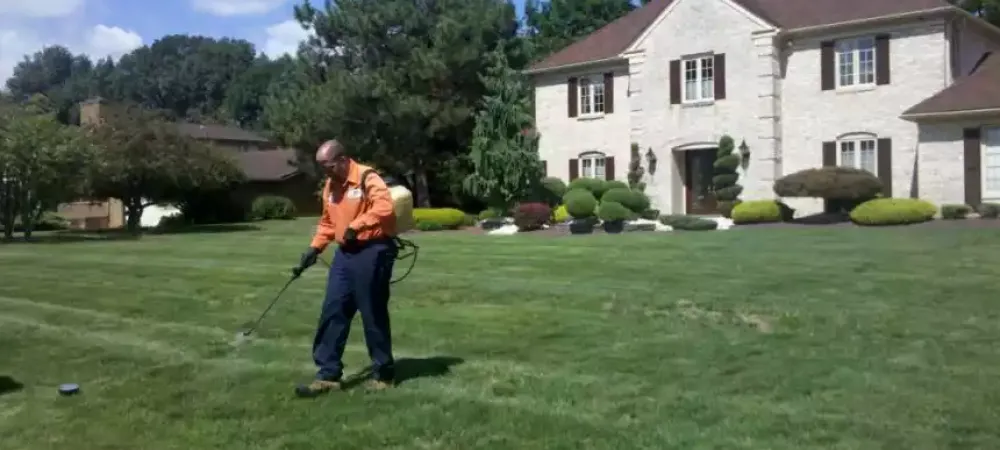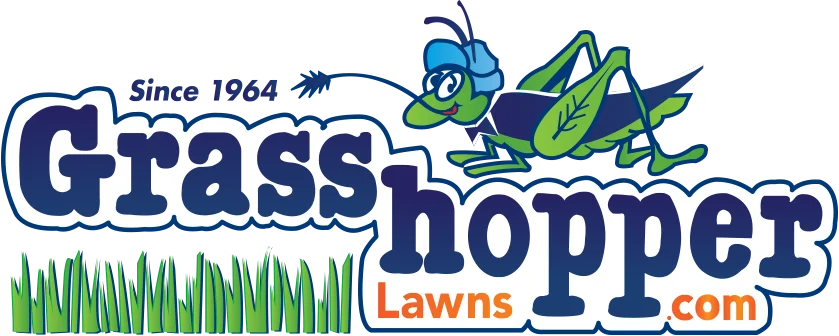Granular vs. Liquid Lawn Fertilizer: What’s the Difference?

When it comes to fertilizing your lawn, the debate between granular and liquid fertilizer isn’t about which one is better—it’s about which one is right for your specific needs. Let’s break down the facts and clear up some common myths so you can make the best decision for your lawn.
What’s the Main Difference Between Granular and Liquid Fertilizer?
The most obvious difference is how they’re applied. Granular fertilizer comes in pellet form and is spread across the lawn, while liquid fertilizer is mixed with water and sprayed. But beyond application, there are key differences in efficiency, coverage, and cost.
Which Fertilizer Is Better for Large Lawns?
If you’re managing a large property—say 100,000 square feet or more—granular fertilizer is the more practical option. Technicians can cover expansive lawns in a few hours using ride-on spreaders, whereas applying liquid fertilizer over the same area would take significantly longer and may not even be physically possible with a standard hose.
Does Liquid Fertilizer Offer Better Weed Control?
Yes! Liquid fertilizer has a major advantage when it comes to weed control. Since it can be sprayed with precision, it easily reaches edges, tight corners, and areas where weeds tend to thrive. It also allows for better absorption by the grass and weeds alike, especially when applied with herbicides.
Which Fertilizer Is Cleaner and Easier on Hardscapes?
Liquid fertilizer wins here, too. It doesn’t leave behind visible residue on sidewalks, mulch beds, or driveways—unlike granular products, which can get tracked into homes and require more cleanup. Less mess means less vacuuming and more time enjoying your lawn.
When Is Granular Fertilizer the Better Option?
During hot and dry periods, granular fertilizer—especially slow-release, non-burning formulas like the ones used by Grasshopper Lawns—is often the better choice. It delivers nutrients gradually, feeding your lawn over time without risk of burning. It also gives homeowners a visual cue that the lawn has been treated, which some people find reassuring.
Is Liquid Fertilizer More Environmentally Friendly?
Potentially. Liquid fertilizer doesn’t require packaging like granular fertilizers do, which means fewer plastic or paper bags going to the landfill. For homeowners looking to reduce their environmental footprint, this can be an appealing benefit.
Which Fertilizer Costs More?
Granular fertilizer is generally more cost-effective. A basic setup includes a $400 spreader, a $25–$50 bag of fertilizer, and a trained technician. Liquid fertilizer, on the other hand, requires costly equipment—agitating spray tanks that can run $4,000–$18,000 and optional bulk mixing tanks for another $500 or more. That upfront investment often makes granular the go-to for budget-conscious lawn care providers.
Can Liquid Fertilizer Be Made From Granular?
Surprisingly, yes. Liquid fertilizer can be created by mixing granular fertilizer with water. This shows that the two products aren’t so different after all—they just come in different forms and serve different purposes depending on the lawn’s needs.
So, Which Fertilizer Is Right for You?
Both granular and liquid fertilizers have their place in a well-rounded lawn care plan. Many companies, including Grasshopper Lawns, use a combination of the two to provide the best results. The key is finding the right balance based on your lawn size, the time of year, your specific goals, and your budget.
Need Help Deciding? Call Grasshopper Lawns
Not sure which fertilizer is right for your lawn? Leave it to the pros. At Grasshopper Lawns, we customize our treatments to give your lawn exactly what it needs—no more, no less. Whether it’s granular, liquid, or a smart combination of both, we’ll help you grow a lawn that’s healthy, lush, and the envy of the neighborhood. Contact us today to get started with professional fertilization.
